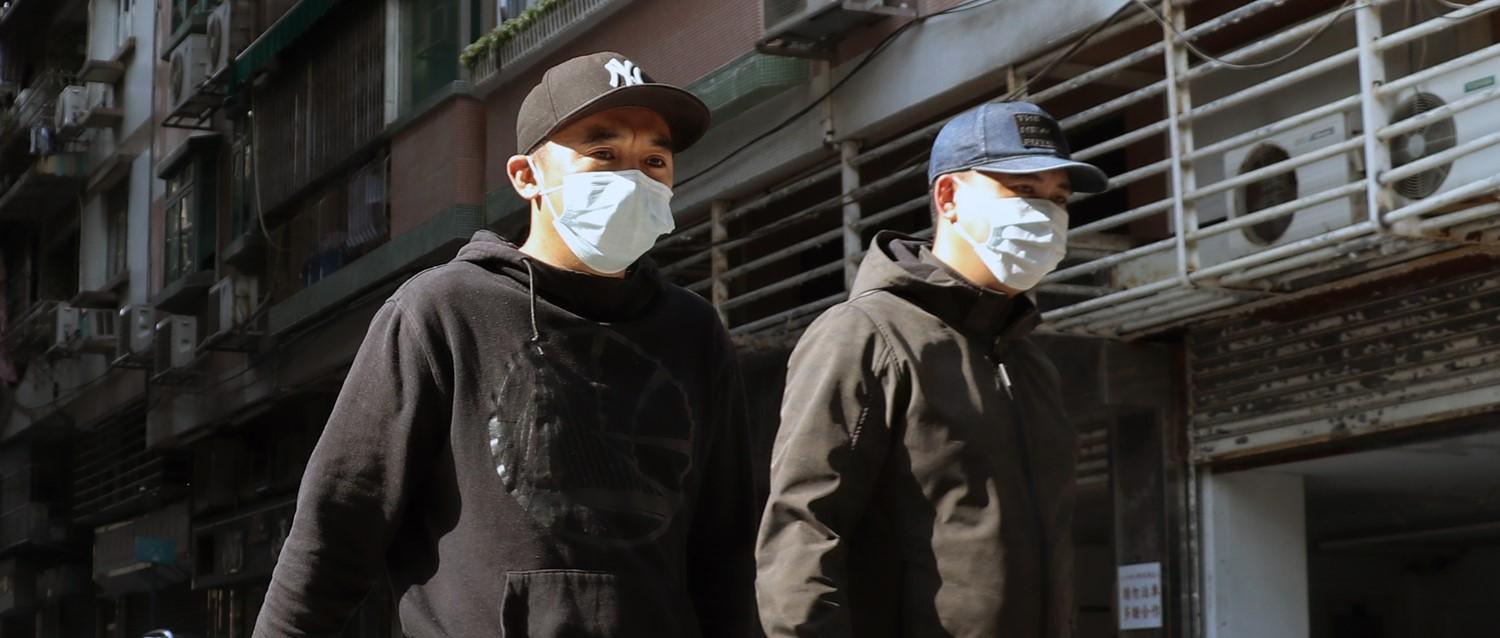
COVID-19: the latest UK coronavirus guidelines
Peer reviewed by Dr Colin Tidy, MRCGPLast updated by Dr Sarah Jarvis MBE, FRCGPLast updated 4 Feb 2020
Meets Patient’s editorial guidelines
- DownloadDownload
- Share
- Language
- Discussion
The news on coronavirus continues thick and fast. The World Health Organization (WHO) has declared coronavirus a 'public medical health emergency of international concern'. The Chief Medical Officer has upgraded the risk in the UK from low to moderate.
But what does all this mean to the average Briton?
In this article:
This feature is now out of date. You can find our latest features and advice on coronavirus and COVID-19 in our coronavirus hub.
You should use the NHS 111 self-check tool to see what action you need to take if:
You have any symptoms of fever, cough or shortness of breath.
You’ve been in close contact with someone with a confirmed case of coronavirus.
You’ve returned from the following places, even if you do not have symptoms:
Anywhere in Italy on or after the 9th March.
Specific areas in Northern Italy in the last 14 days
Iran in the last 14 days.
Hubei province in China in the last 14 days.
Daegu, Cheongdo or Gyeongsan in South Korea in the last 14 days.
You’ve returned from the following places in the last 14 days and have fever, cough or shortness of breath, no matter how mild:
Italy (outside specific areas in Northern Italy) before 9thMarch
Mainland China outside of Hubei Province
South Korea outside of Daegu, Cheongdo and Gyeongsan
Cambodia
Hong Kong
Japan
Laos
Macau
Malaysia
Myanmar
Singapore
Taiwan
Thailand
Vietnam
Until you have used the tool and been advised what action to take, please stay at home and avoid contact with other people.
Continue reading below
Death toll rising
The new coronavirus has now been given an official name: SARS-CoV-2. It is a new form of virus from the coronavirus family, first identified in Wuhan, China, in December 2019. The disease it causes has been named Covid-19.
New research suggests this form of coronavirus probably transferred to humans from bats.
As of 11th February 2020, the death toll from Covid-19 has now reached over 1000. More than 40,000 people have been affected - almost five times the total seen in the 2002-2003 SARS outbreak. Eight people in the UK have now been confirmed as having the virus.
However, the vast majority of these are in China, and cases are still very much concentrated in Hubei province, of which Wuhan is the capital. Outside China there are only about 300 confirmed cases and only one person (a 44-year-old Chinese man diagnosed in the Philippines) has died.
The eight people in the UK confirmed as having the virus have been quarantined, as have those recently evacuated from Wuhan. One of them is a GP and another an A&E worker - two general practices in Brighton have been closed.
What are the symptoms?
Symptoms of Covid-19 only seem to start within 14 days of being exposed to the virus.
Typical symptoms include fever, cough and shortness of breath, and sometimes a runny nose or a sore throat. In some cases, this can progress to serious illness, including pneumonia and severe breathing problems.
Continue reading below
Precautions in place
Unlike the USA, Australia and Singapore, the UK has not banned any foreign national who has visited China in the last two weeks from entering the country. This is in accordance with WHO recommendations.
However, they have taken many other steps to reduce the spread of the virus:
All air travel out of Hubei province has been suspended.
Most airlines, including British Airways and Virgin, have suspended all direct flights from China.
Other flights from China to the UK continue, but travellers are checked on arrival and immediately quarantined if they have a fever or other possible signs of infection.
British citizens flown back from Wuhan on 30th January have been put into quarantine for two weeks.
The Foreign Office advises that nobody should travel to Hubei province at all, and should only travel to the rest of China (not including Hong Kong and Macao) if it is essential.
Who's at risk?
Public Health England has updated its guidance on who should be considered to be at high risk.
People who have travelled to Wuhan or Hubei province in the last two weeks are at high risk.
People who have travelled to the rest of mainland China, Thailand, Japan, Republic of Korea, Hong Kong, Taiwan, Singapore, Malaysia or Macau are at an increased risk.
People who have been in close contact with someone who has confirmed coronavirus are also at increased risk.
People most at risk of severe symptoms are:
Over-65s.
People with medical conditions affecting their immune system.
People with long-term conditions such as chronic lung disease, diabetes, multiple sclerosis and cancer.
Patient picks for Pandemic articles

COVID-19
What are the school COVID rules October 2023?
As we enter the winter months, your child may be showing symptoms that make you wonder whether they can go to school. We explain the UK government's latest guidance on school COVID rules October 2023.
by Amberley Davis

COVID-19
How are universities supporting students during the COVID-19 pandemic?
Unsurprisingly, the pandemic has had an enormous impact on students. COVID-19 has meant students have been forced to isolate themselves and do their learning online, usually while paying extremely high university and accommodation fees.
by Lydia Smith
Continue reading below
Article history
The information on this page is peer reviewed by qualified clinicians.
4 Feb 2020 | Latest version

Ask, share, connect.
Browse discussions, ask questions, and share experiences across hundreds of health topics.

Feeling unwell?
Assess your symptoms online for free
Sign up to the Patient newsletter
Your weekly dose of clear, trustworthy health advice - written to help you feel informed, confident and in control.
By subscribing you accept our Privacy Policy. You can unsubscribe at any time. We never sell your data.